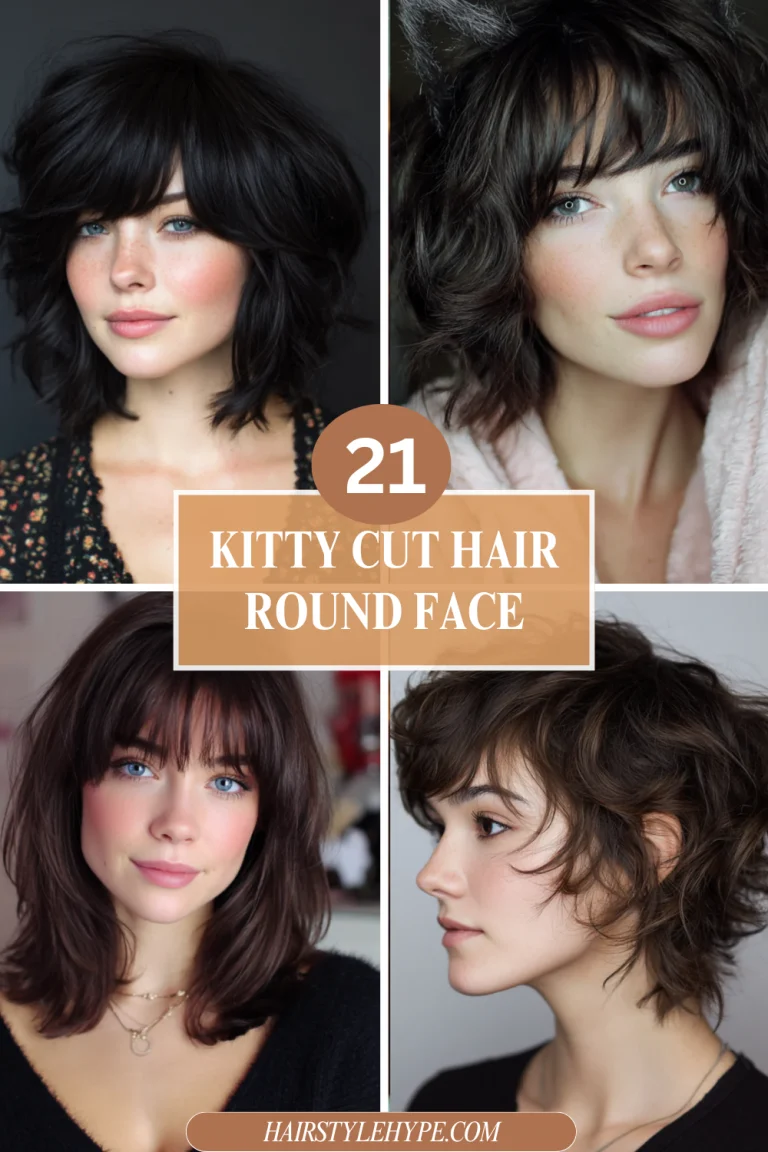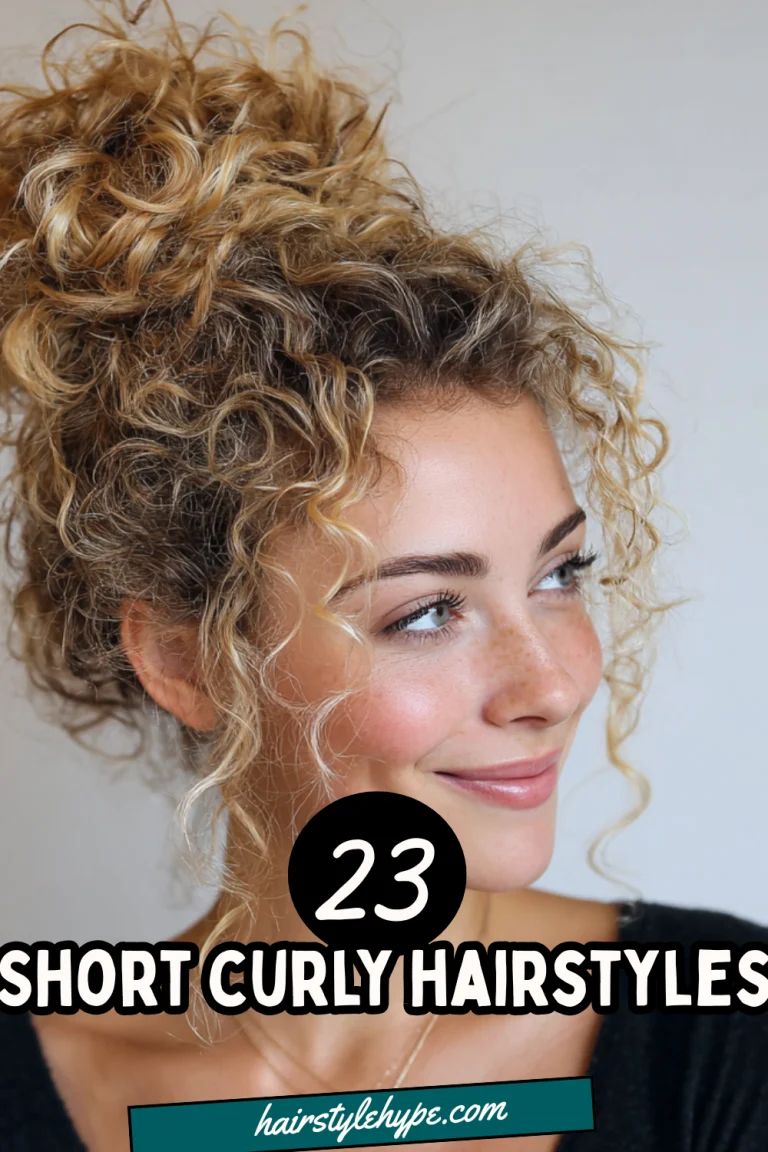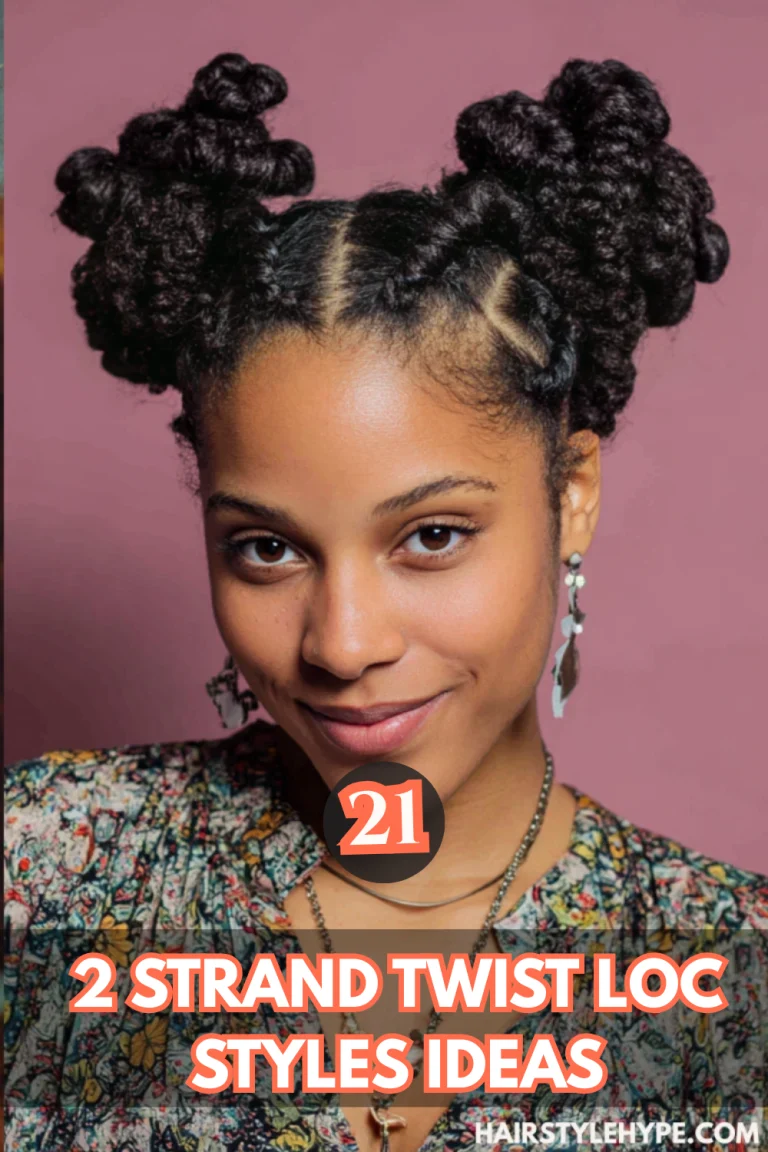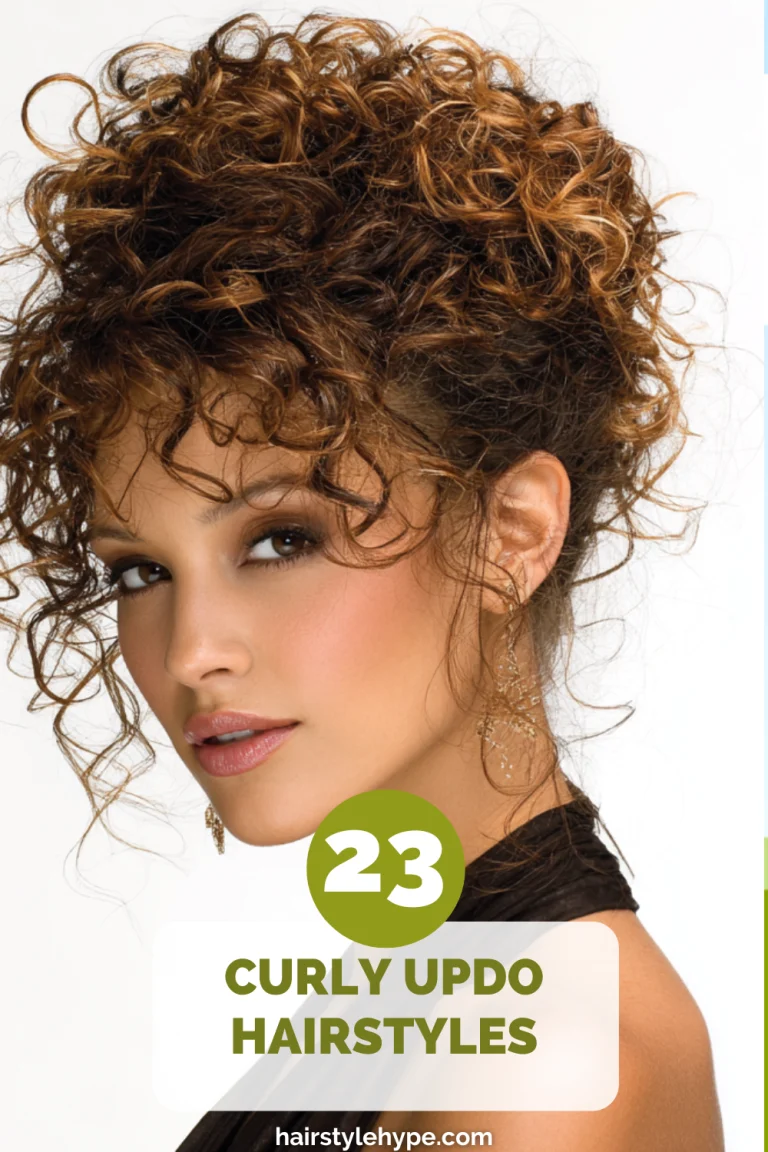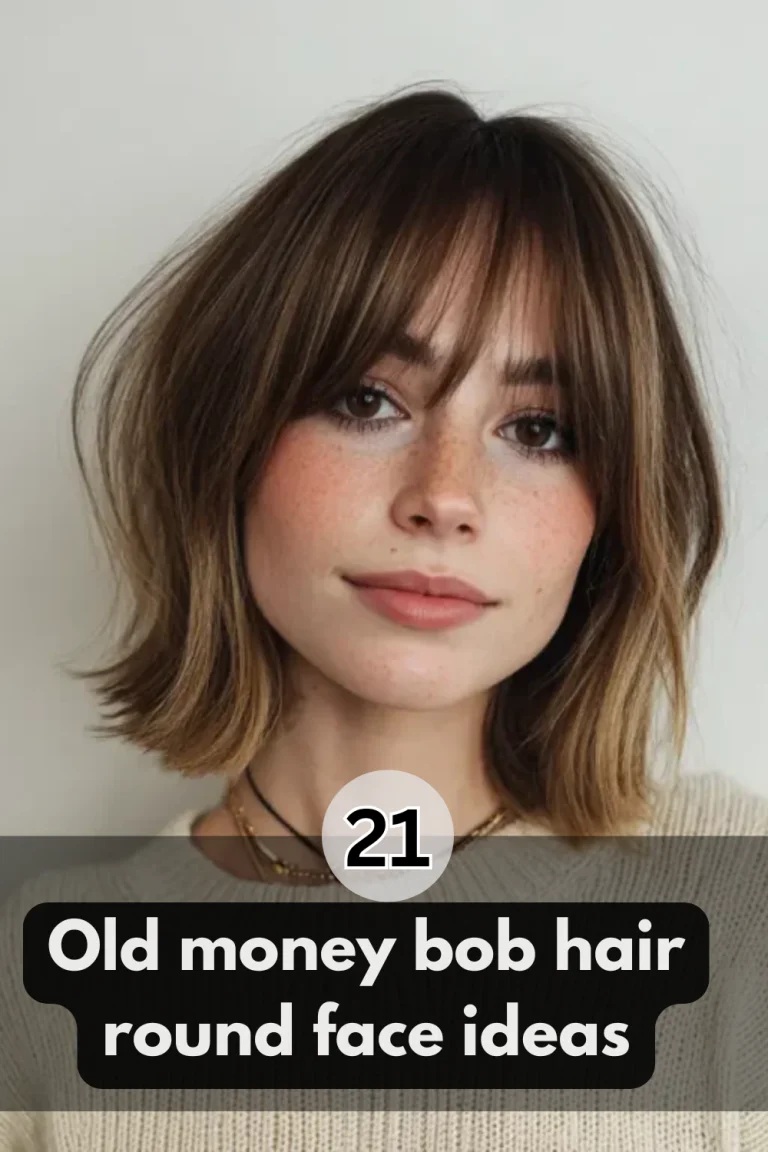17 Old Money Bob Hairstyles That Define Timeless Elegance
The Old Money Bob is more than just a haircut it’s a statement of refined elegance, sophistication, and effortless style. Rooted in the polished aesthetics of the “old money” lifestyle, this bob cut channels luxury through sleek lines, subtle layers, and timeless charm. Unlike trendy cuts that come and go, the old money bob remains a classic because it exudes understated wealth and confidence.
This look has become increasingly popular in 2025, as more women embrace minimalism and timeless beauty over fleeting hair trends. Whether you prefer a sleek straight bob, soft waves, or a side-part variation, the old money bob can be customized to flatter your face shape while elevating your entire look.
Classic Old Money Bob
A chin-length or slightly longer bob with blunt edges that scream sophistication. It’s neat, polished, and versatile enough for everyday wear or elegant events.
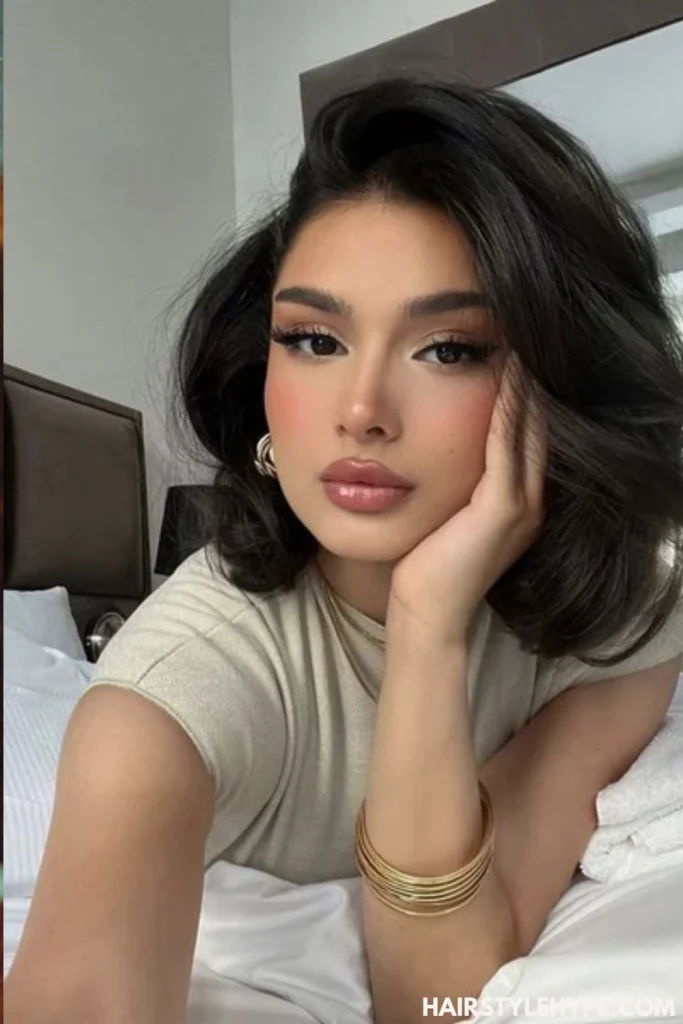
Sleek Straight Old Money Bob
Perfectly ironed straight hair enhances the “quiet luxury” vibe. This version looks clean, sharp, and works exceptionally well with a middle part.
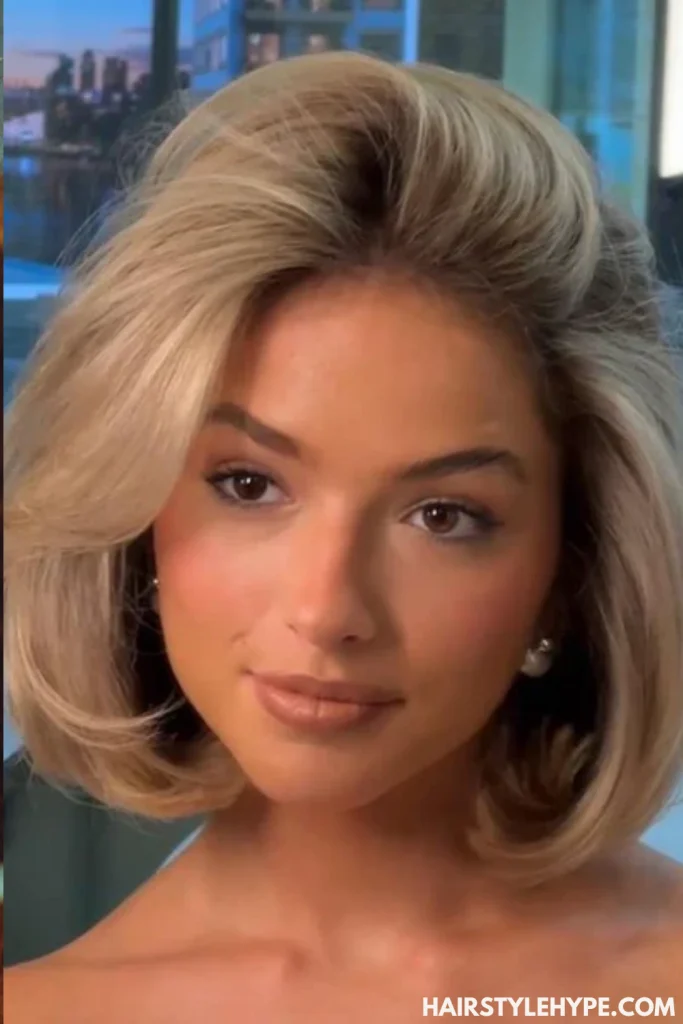
Wavy Old Money Bob
Soft, subtle waves give the old money bob a touch of romance without sacrificing refinement. It’s ideal for women who want a balance between polished and playful.
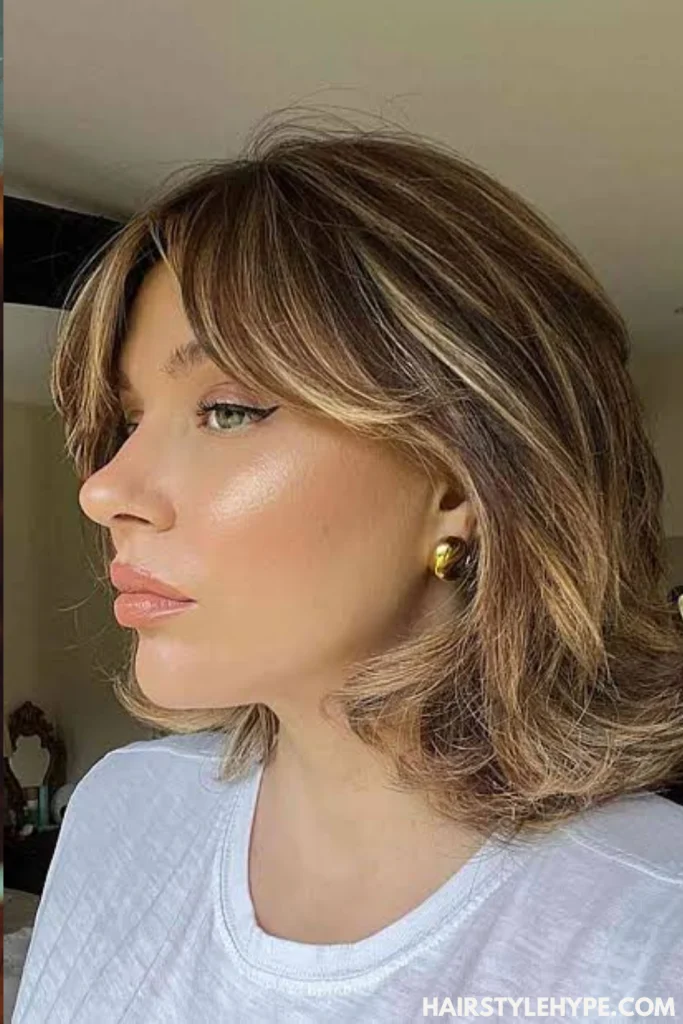
Old Money Bob with Side Part
A deep side part adds asymmetry and structure, making it a flattering option for women with round or square faces. It instantly adds drama and elegance.
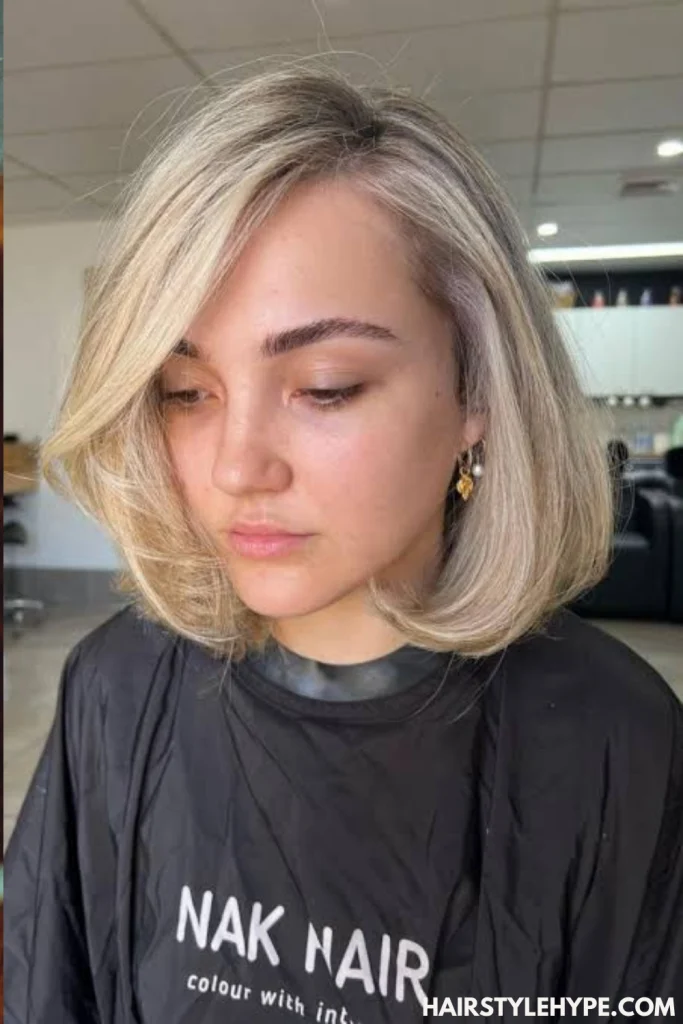
Middle Part Old Money Bob
The middle part is sleek, symmetrical, and timeless. It enhances the minimalist aesthetic of the old money bob and works beautifully for oval or long faces.
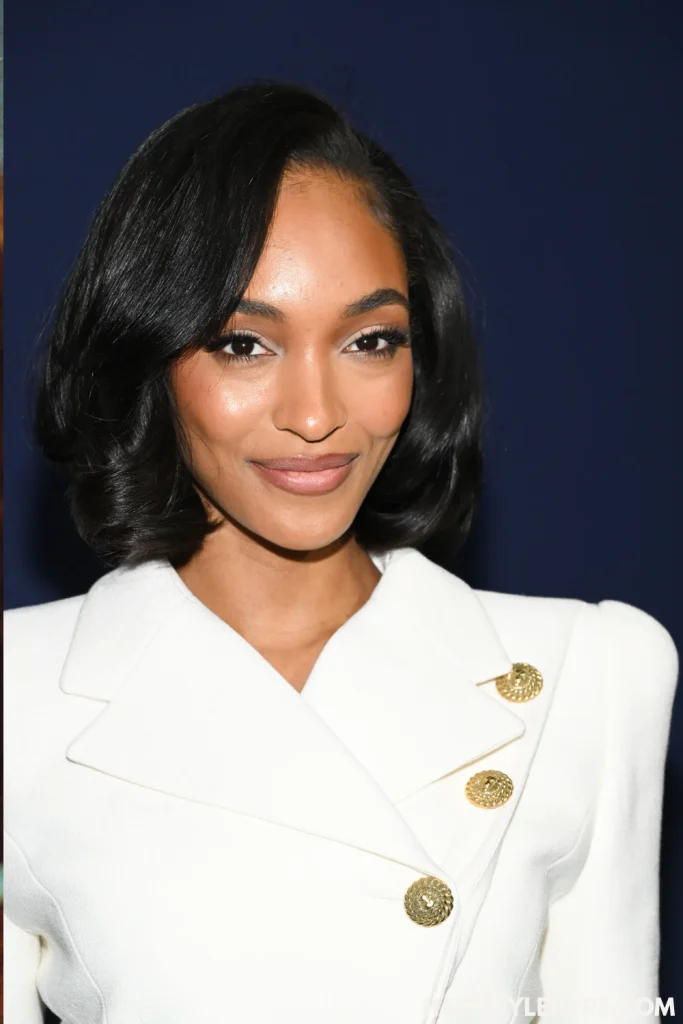
Old Money Bob with Bangs
Adding curtain bangs or soft fringes modernizes the bob while keeping its luxurious appeal. This style works great for women who want face-framing softness.
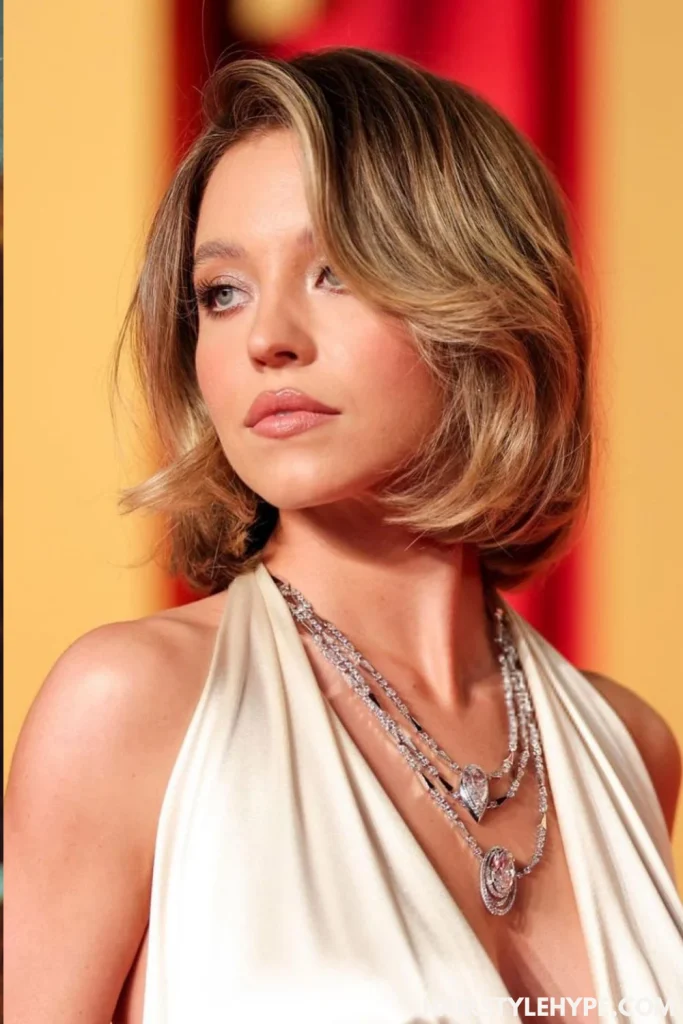
Textured Old Money Bob
Subtle layers and texture give this style movement without losing refinement. It’s perfect for women with fine hair who want a fuller look.
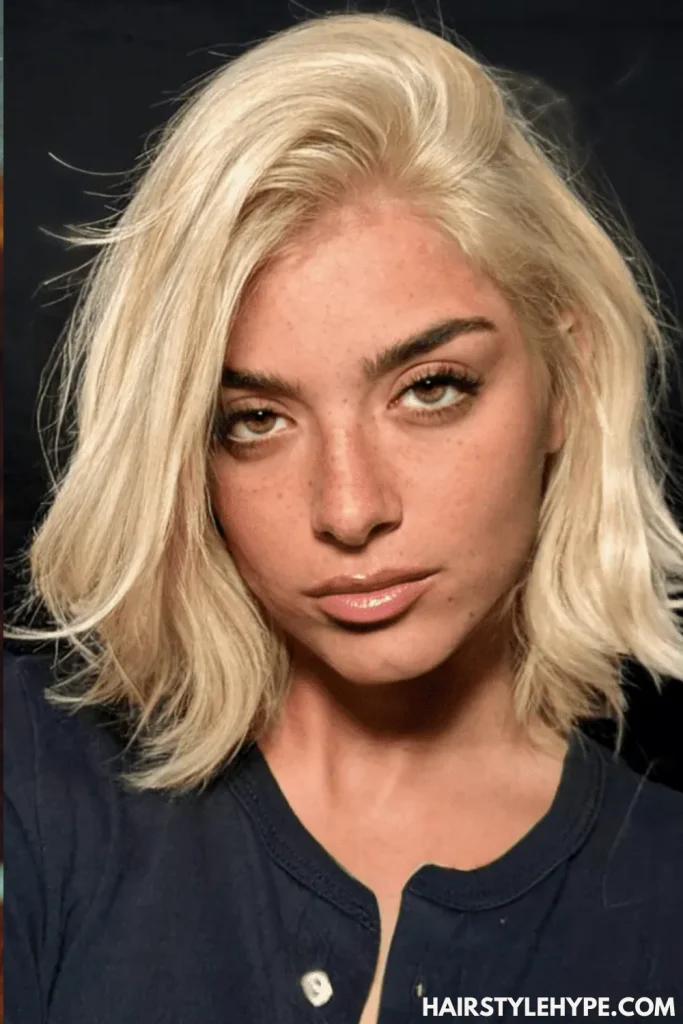
Curled Old Money Bob
Loose, voluminous curls bring a classic, vintage charm to the bob, giving it that retro Hollywood starlet feel. Great for evening events or special occasions.
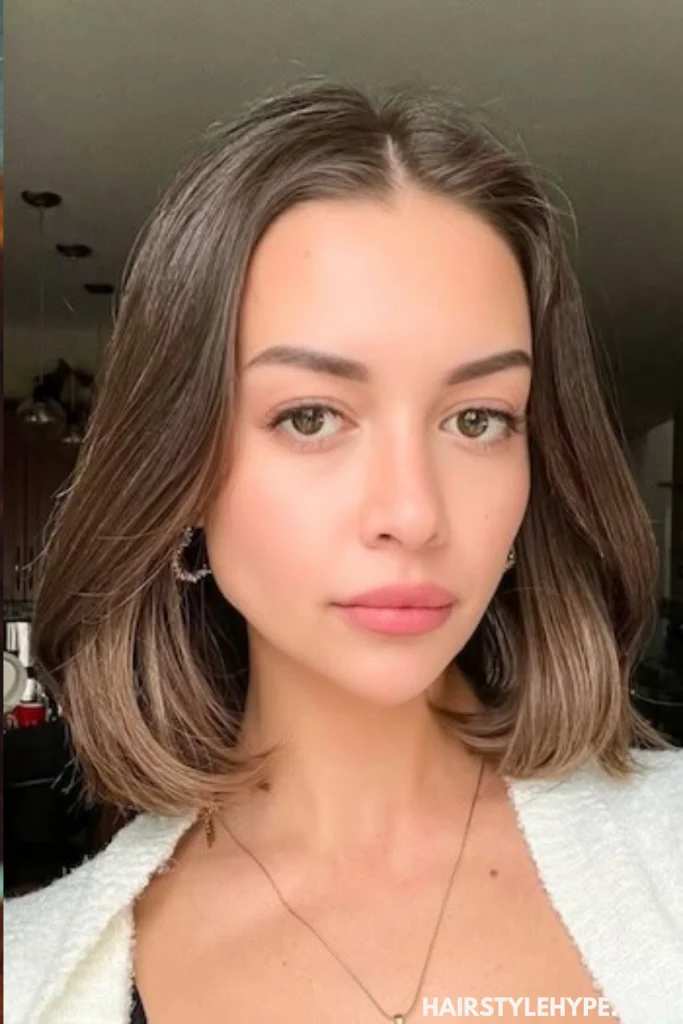
Long Old Money Bob (Lob)
The lob variation is slightly longer, falling between the chin and collarbone. It keeps the old money polish while allowing more styling versatility.
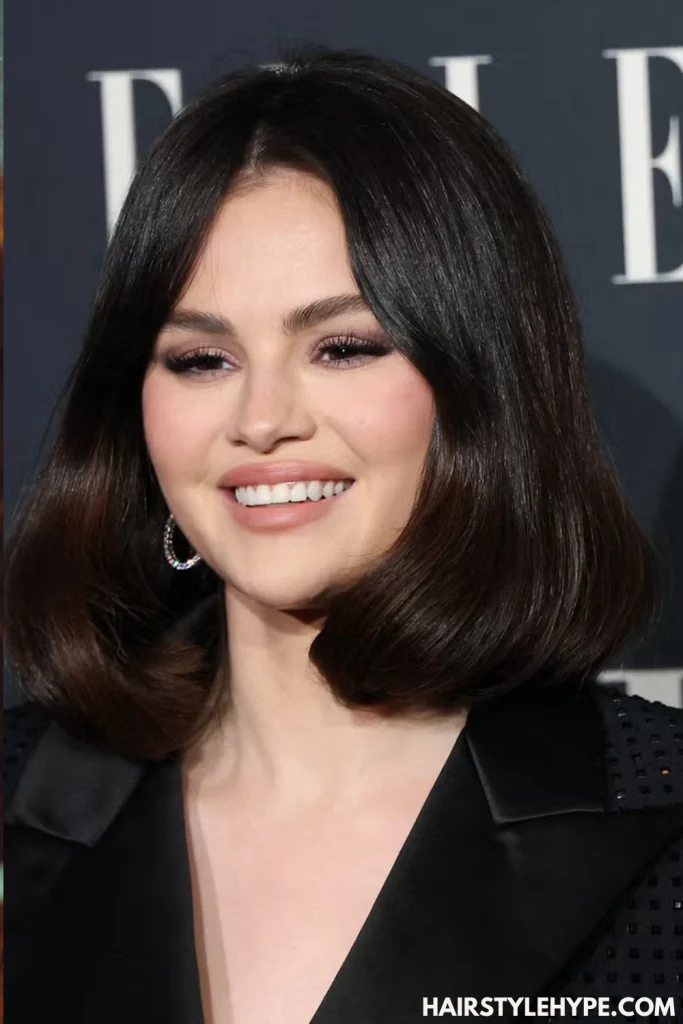
Short Old Money Bob
A cropped bob that ends right at the chin offers a bold yet elegant old money aesthetic. It’s youthful, chic, and perfect for defining jawlines.
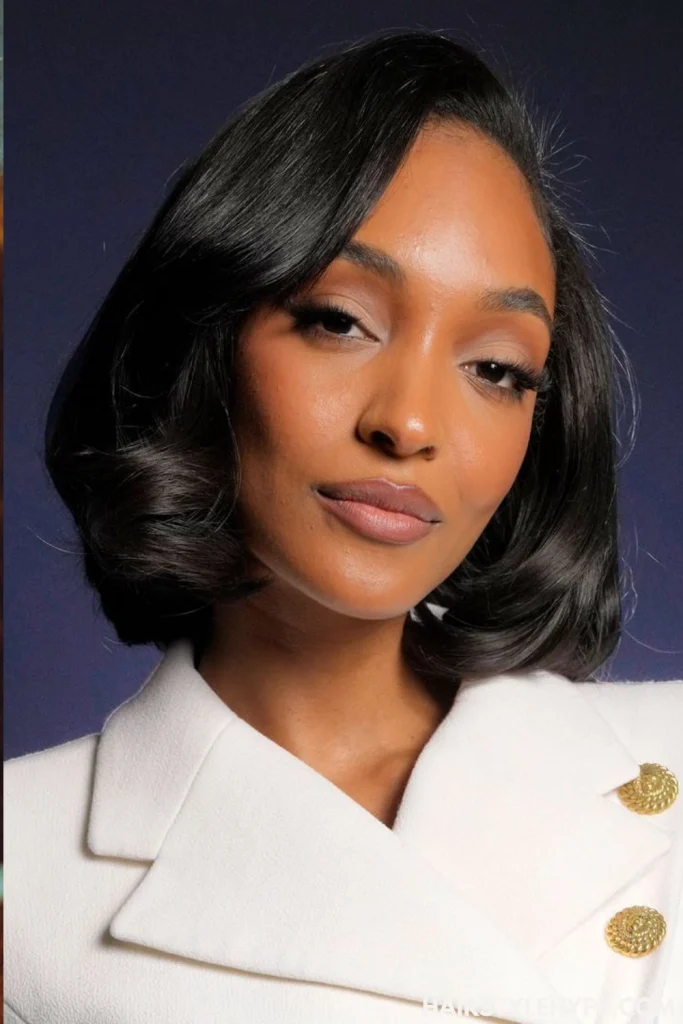
FAQs About Old Money Bob Hairstyles
Q1: What makes the Old Money Bob different from a regular bob?
The old money bob focuses on sleek lines, subtle luxury, and polished styling, while a regular bob can be more trendy and experimental.
Q2: Which face shapes look best with the old money bob?
Oval, square, and heart-shaped faces are especially flattered by the old money bob, but it can be tailored to suit any face with slight variations.
Q3: Is the old money bob high-maintenance?
Not necessarily. It requires trims every 6–8 weeks to keep its shape, but styling can be as simple as blow-drying straight or adding subtle waves.
Q4: Can I style an old money bob for casual looks?
Yes! While it’s inherently elegant, soft waves or messy textures can make it more relaxed while still polished.
Conclusion
The old money bob is the epitome of timeless elegance. With its clean lines, subtle layers, and versatile styling options, it’s a haircut that never goes out of fashion. Whether you prefer it sleek, wavy, or with a hint of volume, this style captures the essence of refined sophistication. If you’re looking for a hairstyle that blends luxury with simplicity, the old money bob is the perfect choice for 2025.

